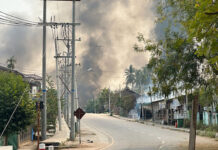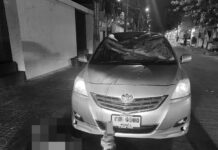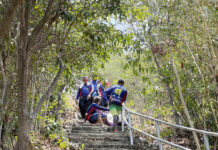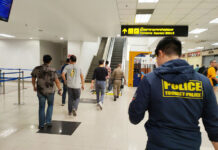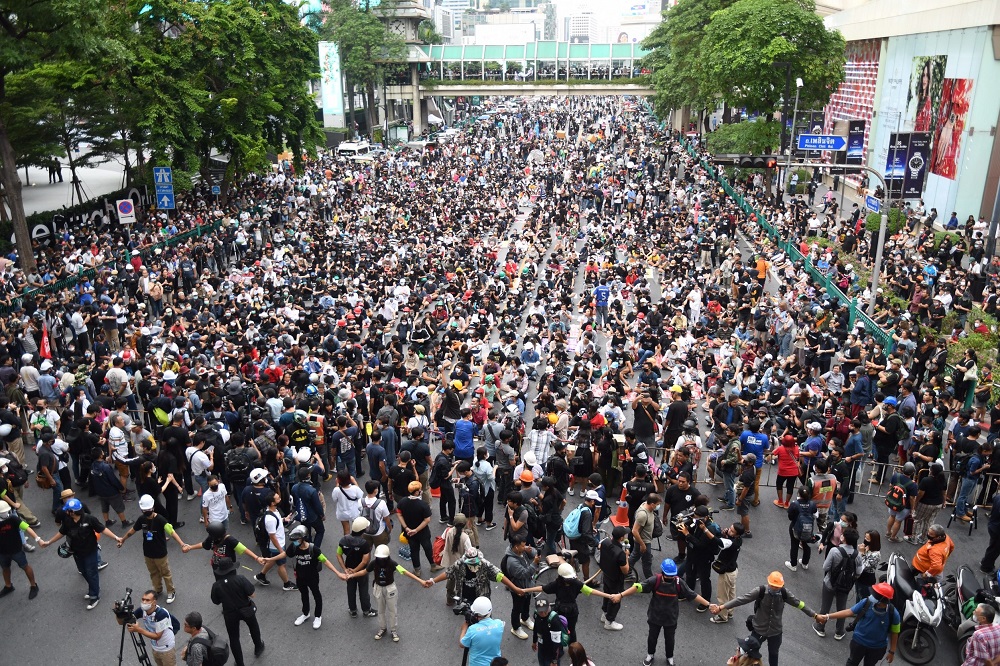Top: Student-led demonstrators gather at Ratchaprasong Intersection on Oct. 25, 2020.
BANGKOK — The chain of consequences that led from this day a year ago is certainly incredible in every sense of the word.
What started as a small protest against the dissolution of the Future Forward Party in several universities soon snowballed into the largest street protests since the military seized power in 2014.
Calls for justice on behalf of the party, which enjoyed widespread support among the younger voters, also evolved into the once-unthinkable quest to debate the royal institution publicly and make it more accountable under the law.
But while all of the activists interviewed for this story agree that they have achieved in raising political consciousness and sparking conversations about monarchy, they differed in the lessons learned from a full year of resistance. Some say the movement needs to be more “leaderless,” others suggest an overhaul of strategies and priorities.
“We have journeyed for a long way,” Thammasat University student and activist Benja Apan, 22, said by phone. “Even though we have disappeared for some months because of COVID, many groups were formed. There are pro-democracy networks in provinces outside Bangkok, too. We have come so far that we have crystallized our three demands.”
The demands are PM Prayut Chan-o-cha’s resignation, charter amendments, and reforms of the monarchy. Benja is a member of the United Front of Thammasat and Demonstration, who organized many of the rallies in the past year.
“One year might be a long time, but we will keep going forward. The awareness about democracy is increasing,” Benja said. “In the past, people wouldn’t dare discuss the monarchy. But people are more conscious now and they’re talking about it more. They can talk about it on dinner tables now.”
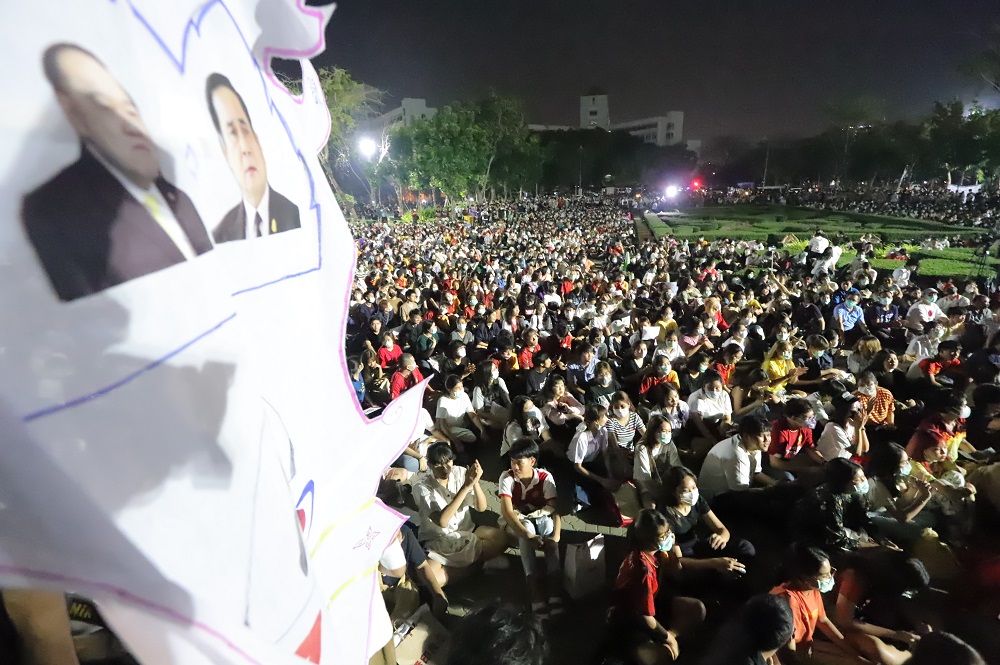
Jutatip Sirikhan, a 22-year-old leader of the Free Youth movement, also said the success of the past 12 months was to awaken the political awareness among many groups of Thai society, not just the new generations.
“It makes people interested in problems in our politics, and issues about the monarchy,” said Jutatip, whose organization is responsible for some of the largest protests in the past months.
Free Youth drew controversy in December when it appeared to support communist ideologies, causing allies like the United Front of Thammasat and Demonstration to distance themselves from the activists.
But the group recently clarified it stood for “liberal democracy” and announced it will return to organizing protests, suggesting that the rift has been mended.
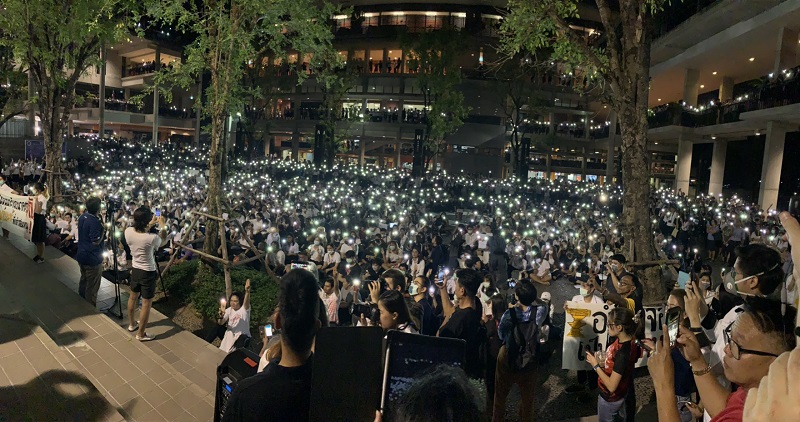
Jutatip the Free Youth leader said she wished the movement relies less on a handful of leaders and expands more in the horizontal way, since many activists have been bogged down by multiple criminal charges for their roles in the protests, including royal defamation.
“Security officers can arrest people who played a large role [in protests], yet people still have to rely on the leaders. This is a problem right now,” Jutatip said. “I want to see the movement truly belonging to the mass. I want everyone to be their own leaders, like what happens in Burma. The movement has to evolve this year.”
Benja, the activist from the Thammasat United Front, said she’s seen many flaws in the past year that she and her peers could learn from, like internal conflicts among different pro-democracy groups, inadequate emphasis on nonviolence, and putting too much focus on monarchy reforms at the expense of two other major demands.
“We might have focused too much on attacking the monarchy, to the point that we neglect our first goal, which is Prayut must go,” Benja said.
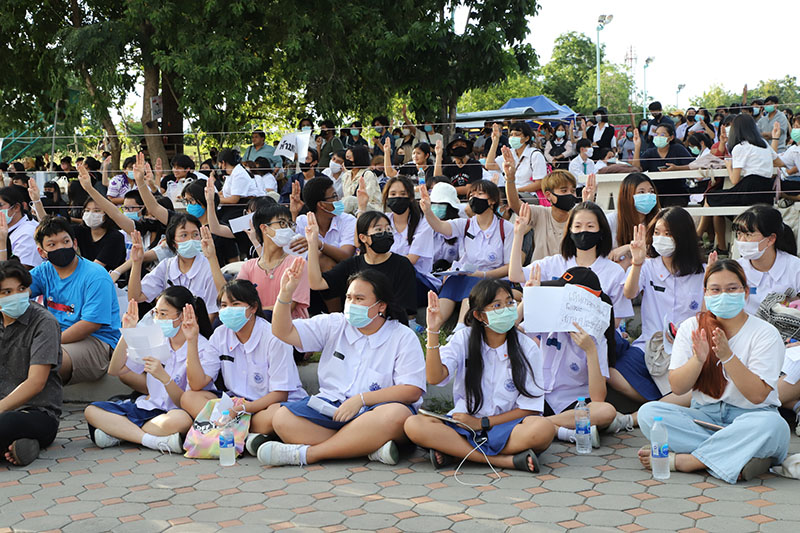
“This year, we will set new priorities. We will adapt our strategies. We will eat the meal one spoon at a time. We will increase the push for [monarchy] reforms, but we will have to get Prayut to leave first.”
Outside Bangkok, the political awakening has been felt the strongest in the northeast, where 15 out of 20 provinces in the region witnessed at least one protest by student-led groups in the past year.
Phongsatorn Tancharoen, a 19-year-old student activist at Maha Sarakham University, said the level of political awakening in his home province and the Isaan region in general is high, yet they are often ignored by Bangkok-based activist groups.
Maha Sarakham is more than 450 kilometers from the capital. Phongsatorn said the gap, physical and ideological, fails to push the grievances of local communities into national movement.
“There’s a lack of cooperation between Bangkok and the regional levels,” Phongsatorn said by phone. “We still lack a discussion. We still miss the points that can connect our groups together.”
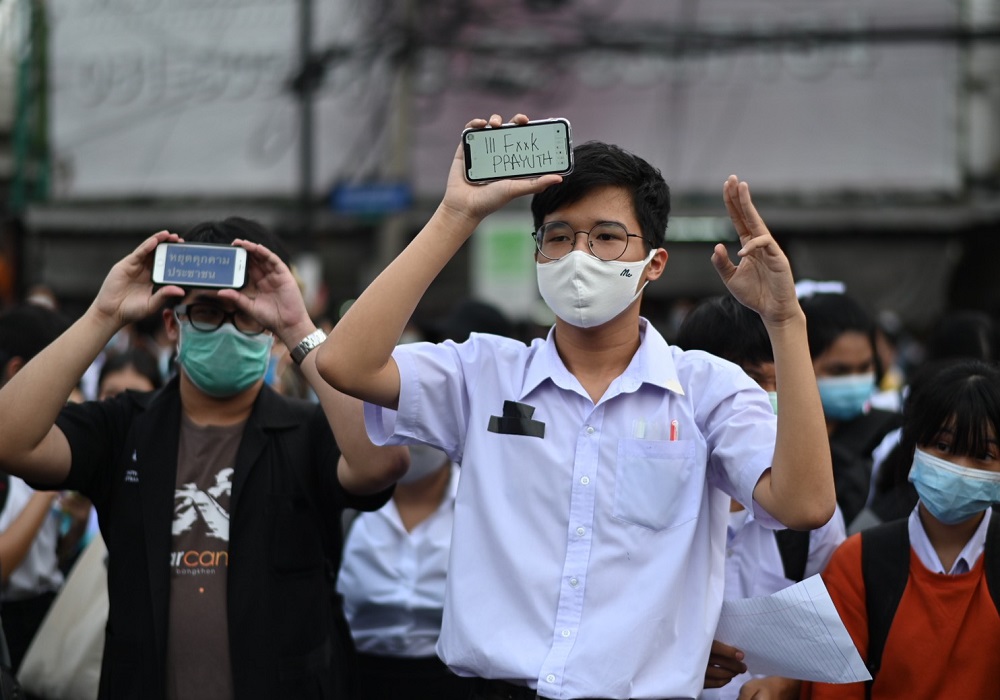
He went on, “In many areas, people suffer from crop prices, environmental issues, and the difficulty that Isaan people face when they move in to work in the capital. Yet these issues are not picked up.”
For Chotisak Onsoong, a 39-year-old veteran campaigner who has been protesting military influences in politics since the coup in 2006, said he wishes the student activists are aware that the fight will take longer than many of them had thought.
“Even if they lose in this round, there will be new rounds of fight, in the next 5 or 10 years,” Chotisak said. “Of course, one day they will win, but that may not happen in this round.”
Although Chotisak acknowledged that the student movement achieved a notable feat in popularizing the issue about the monarchy, he said the focus on peaceful methods of resistance is lacking.
“I think their biggest success is making the monarchy a topic that people can talk about more, but the problem is the issue about nonviolence,” he said.








